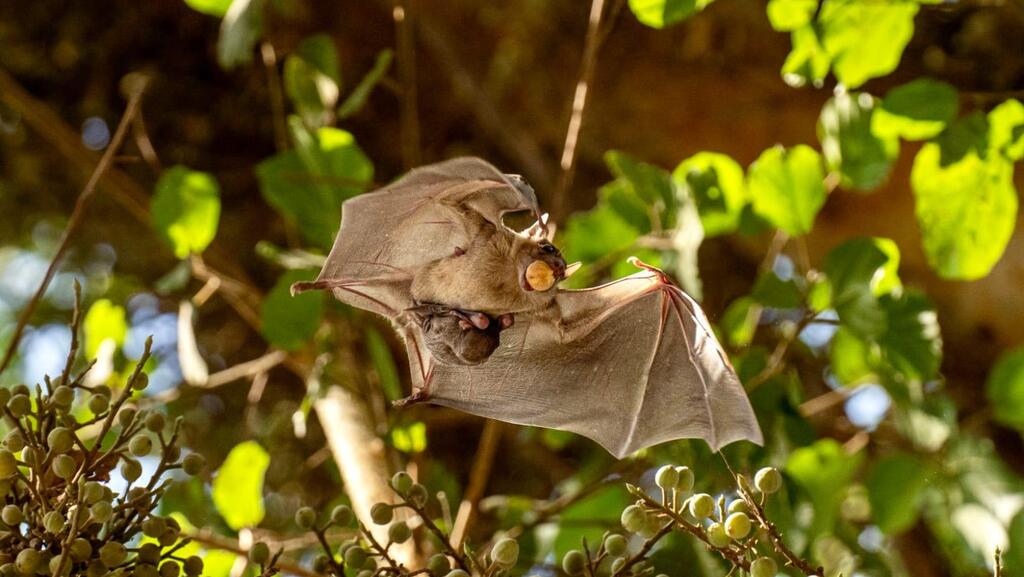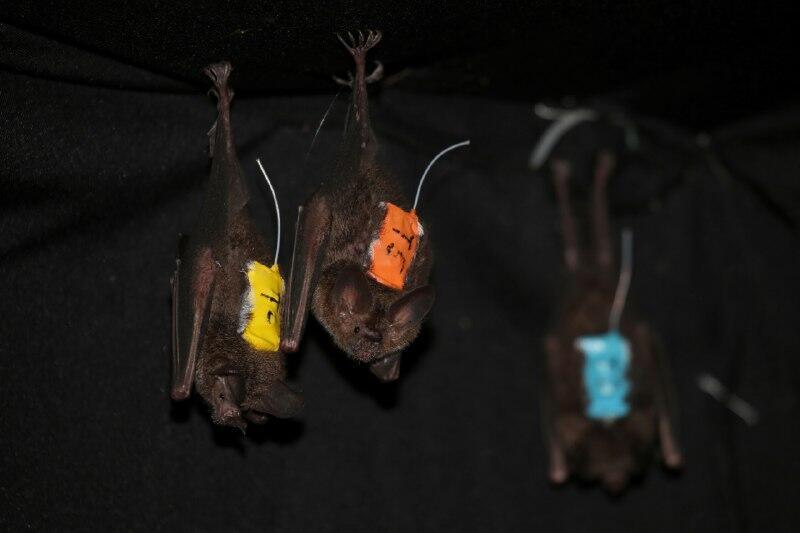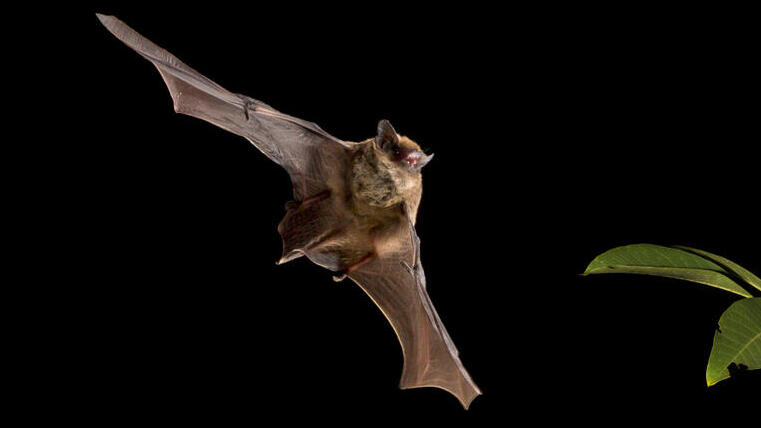A creative collaboration between zoologists and geographers from Tel Aviv University has given rise to a new study that maps the urban heat islands in Tel Aviv’s metropolitan area using fruit bats.
More stories:
The research reveals that during the winter months, the air on the Ayalon Highway is approximately 5°C warmer than in the surrounding areas. The findings of the study were published in the Applied Geography journal.
For the study’s experiment, researchers attached small heat sensors to Egyptian fruit bats captured in an urban bat colony in Tel Aviv and released them in the center of the city. The bats had no trouble finding their way back home and, along the way, they mapped the temperatures above different areas, such as the city center, Ayalon Highway, Yarkon Park and Herzliya.
The experiment was conducted in the winter of 2019, between 8:00 p.m. and 2:00 a.m. Researchers discovered temperature differences of 2°C to 5°C between densely populated urban areas and urban parks.
They then compared the data transmitted by the bats to four meteorological stations in Tel Aviv and concurrently conducted a wide-ranging experiment with mobile meteorological stations to validate the data’s accuracy. Additionally, they equipped individuals with similar devices and sent them to various parts of the city to perform similar measurements.
The study was led by Professor Yossi Yovel and Dr. Aya Goldshtein from Tel Aviv University’s School of Zoology, and Professor Alexandra Chudnovsky from the Porter School of Environmental Studies and the Earth Sciences at Tel Aviv University.
Chudnovsky explained that they wanted to measure and map the urban heat islands, a well-known climatic phenomenon in which certain parts of a city suffer from higher temperatures compared to the surrounding environment. However, in Tel Aviv, there are only four such monitoring stations.
3 View gallery


Fruit bats helped discover urban heat islands in Tel Aviv
(Photo: Tel Aviv University)
"Furthermore, the measuring stations only operate near the ground and don’t measure temperature in three dimensions,” she explained. “One possible solution for this is the use of drones, but this solution has issues in terms of flight approvals for flying drones in urban areas, and their need to recharge after only a short time in the air.”
In the current research, the team decided to harness fruit bats for the mission, which are considered excellent navigators and are also highly adaptable to urban environments.
"Bats are much better fliers than drones," according to Yovel. "They can fly 100 kilometers in a single night, and they are there when the urban heat island effect is at its peak."
Chudnovsky adds: "We were looking for a variety of alternative options to measure temperature. And why is it so important? Because there are studies showing that areas with higher temperatures have higher mortality rates, and there’s also a correlation to air pollution.”
“The hotter the area, the more polluted it can get,” she says. “Without these measurements, we can’t improve the urban environment or know what areas we need to cool down more than others.”
The researchers used bats because they needed an animal that is common to the city and is capable of flying long distances. Fruit bats were the perfect solution. "Their advantage is that they allowed us to obtain a broad climatic picture in a short amount of time," according to the team's research.
"From the measurement’s analysis, it became apparent that the Ayalon Highway area was significantly warmer compared to the Yarkon Park, where the air temperature drops, and when the bat crosses from Yarkon Park to Herzliya, the temperature rises again,” they added.
“Thanks to the bats, we managed to create the first three-dimensional map of urban heat islands in Tel Aviv’s metropolitan area," according to the team.
According Chudnovsky, the research team aims to use further innovative techniques. "We need to utilize any mobile platform that can assist us. Just as bats helped us map urban heat islands, birds can map urban air pollution without much effort and save us a lot of money and years of intensive research."
Yovel is already considering other animals on which sensors can be plaeced. "For example, if we want to monitor pollution in the sewage system, instead of using expensive and complex machinery, we can rely on moles that are constantly moving there," he said.



